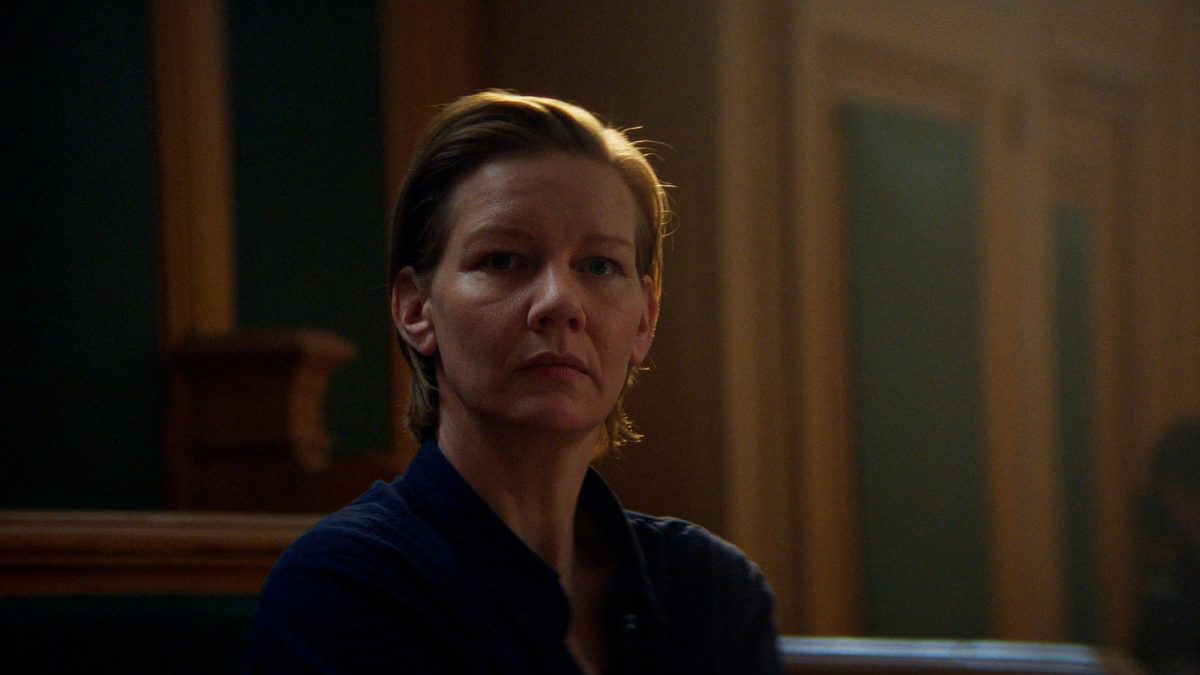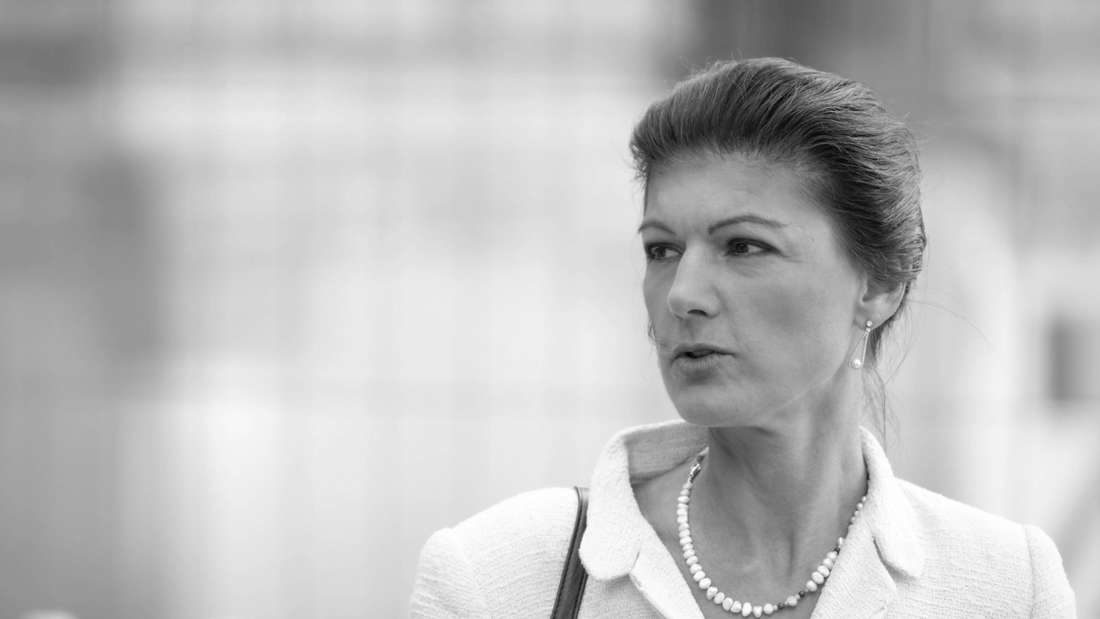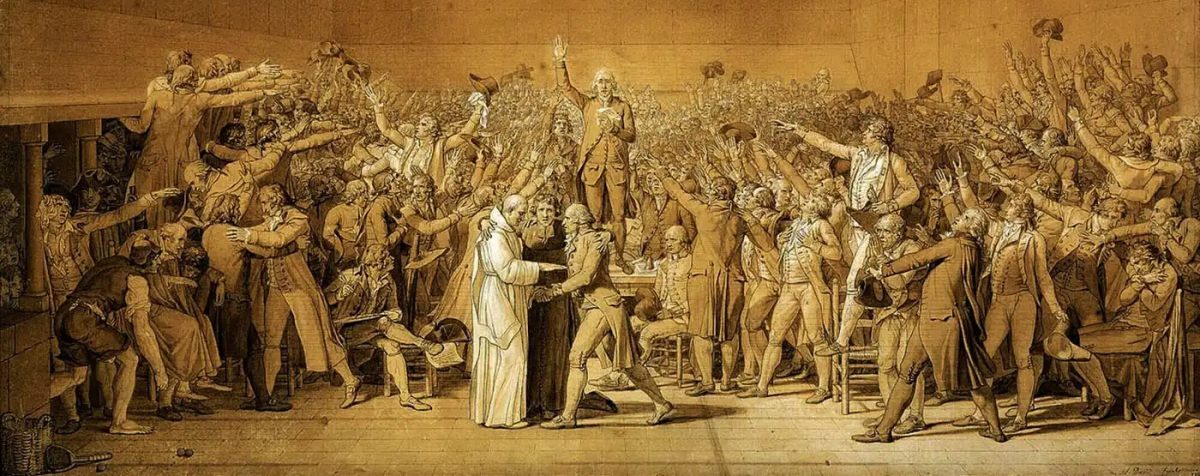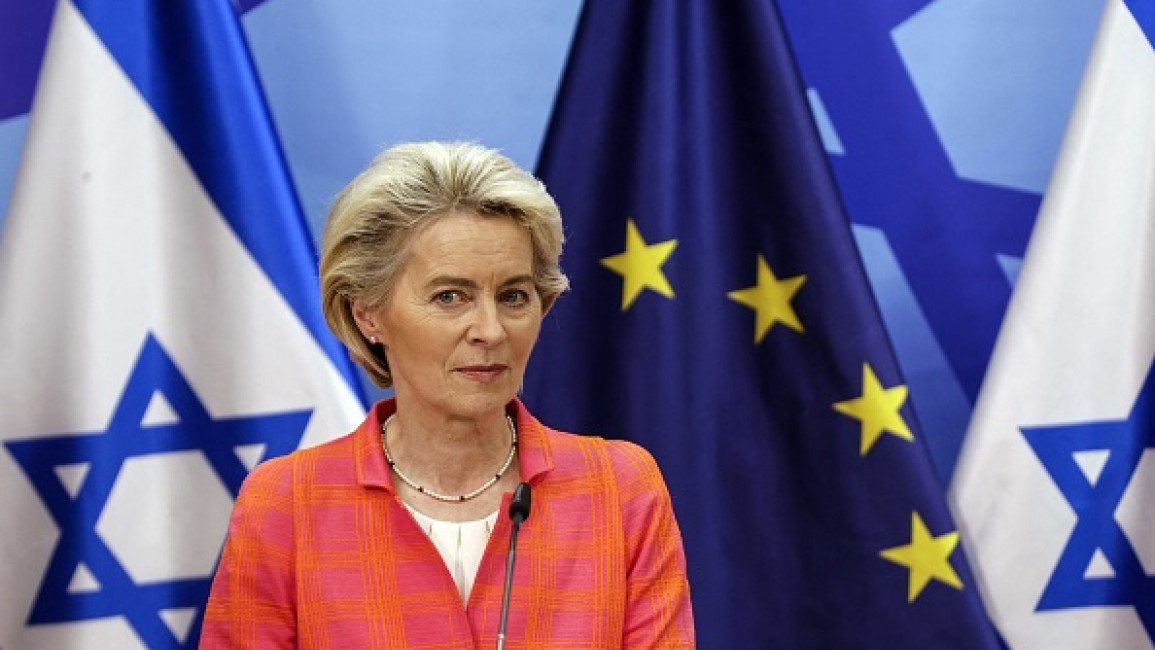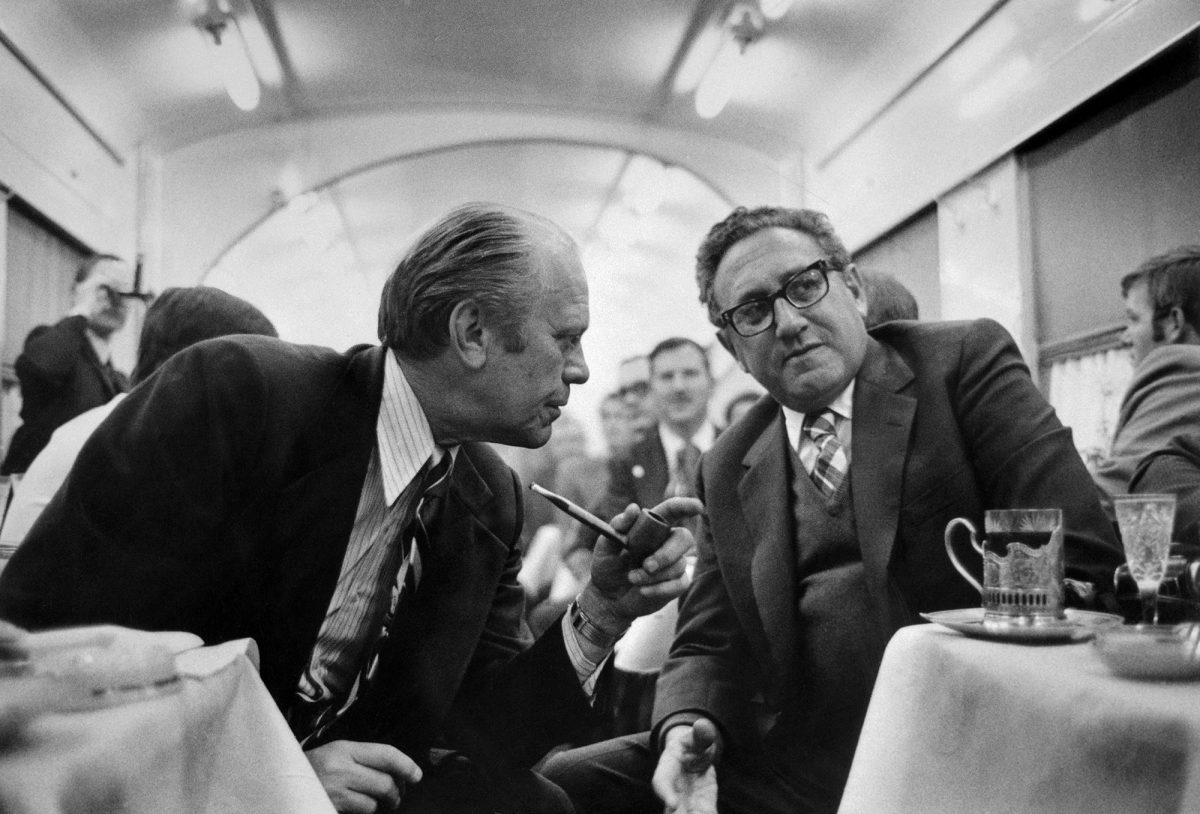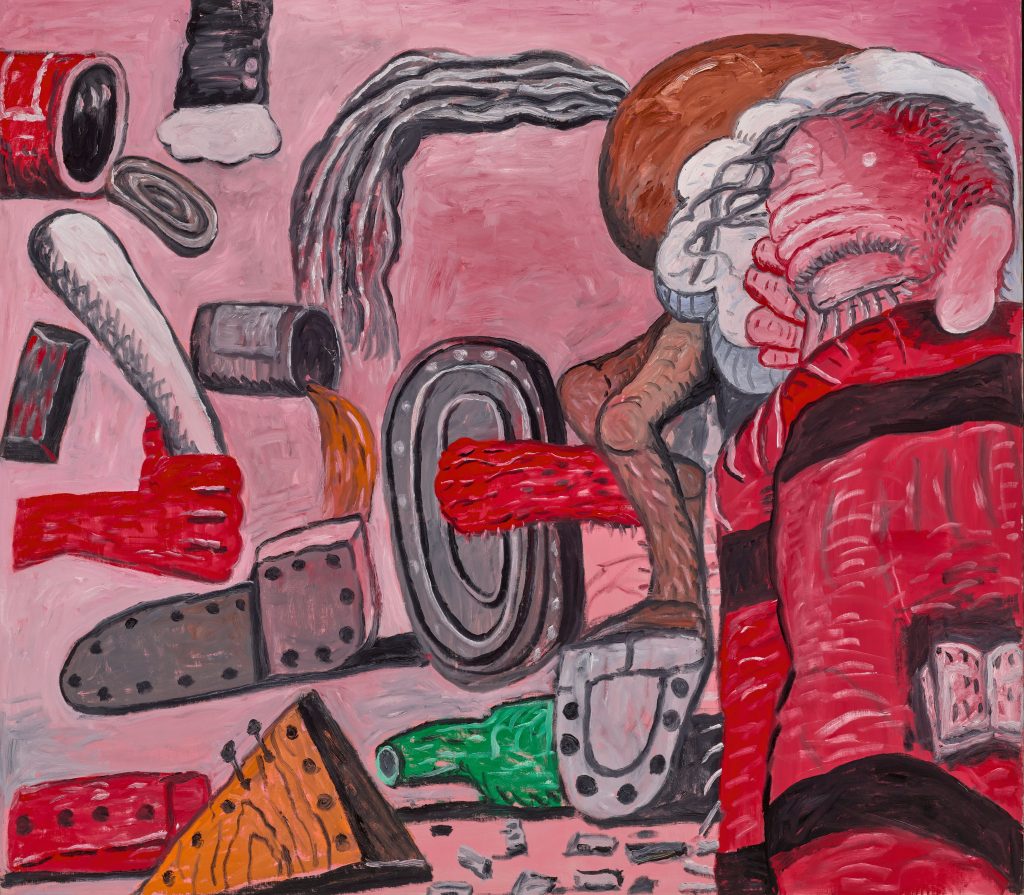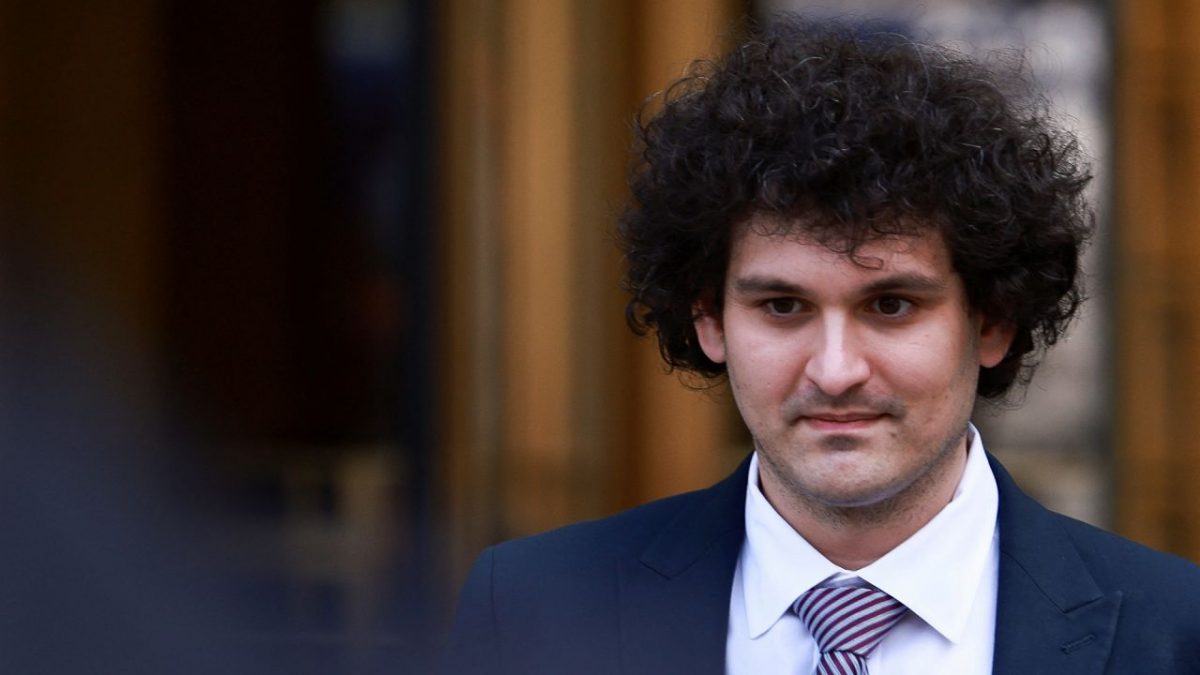‘I don’t think smart people should go to jail’, a young observer who works in crypto remarked outside one of the biggest fraud trials in US history. Samuel Bankman-Fried, the former CEO of the crypto exchange FTX and most famous advance man for the brave new ‘democratic’ alternative to the corrupt old world of cash and wing-tip finance, was the allegedly smart person in question. Three days later, on 2 November, a jury convicted him of wire fraud, conspiracy and money laundering. For his crimes, Bankman-Fried, 31, faces a maximum sentence of 110 years in prison.
The jury took just a few hours to conclude that he had siphoned off FTX customer funds to its sister hedge fund, Alameda Research, which spent, transferred or gambled that money away. For years he had assured customers that their funds were protected. Even when he knew $8 billion in customer money was gone, and no assets existed to repay it, he tweeted, ‘FTX is fine. Assets are fine’. It was necessary, he’d told his lieutenants, to send out ‘a confident tweet’ as customers frantically tried to withdraw their assets.
My young interlocutor hadn’t thought Bankman-Fried was innocent exactly, but fraud happens all the time, and Think how much good smart people can do in the world! The fallen tycoon’s smarts were much-invoked at trial, by both prosecution and defence. He graduated in physics from MIT. Trained at an elite Wall Street trading firm. Moved on to start Alameda, then FTX. A billionaire before he was thirty. He’d schmoozed with a passel of politicians including Bill Clinton and Tony Blair; a league of non-profiteers, Effective Altruists, vowing to serve mankind once they’d enriched themselves by any means necessary; and celebrities, who helped him market FTX as the safest, smartest place for anyone – the plumber, the barman, the most famous quarterback in American football history – to invest in cryptocurrencies. No one argued, not even his defence, that he’d done any good in the world.
I’d been watching his trial in federal court in New York, trying to put myself in the place of the only audience that mattered. I have to say the biggest revelation was that Sam Bankman-Fried isn’t too smart at all. Certainly not where it counted most – with his freedom in the hands of twelve ordinary New Yorkers: Female, 39, physician’s assistant. Female, 47, high school librarian, lives with cats, sister and sick mother. Female, 33, pediatric nurse. Female, 40, social worker, unemployed. Female, 65, corrections officer (retired), mother of three. Male, 61, postal worker, single. Female, 53, homemaker, divorced, onetime fundraising organizer for nonprofits. Male, 59, married, three children. Female, 50, Metro North train conductor, five children. Female, 43, Ukrainian immigrant, IT at Bloomberg, divorced. Male, 69, investment banker (retired), originally from Hong Kong. Female, 55, special ed teacher, originally from Bermuda.
These twelve were referred to only by numbers. Juror Number 4, a middle-aged white woman, handed the envelope to the judge and later pronounced, ‘Guilty’, seven times, to each of the counts. As she read out his fate, Bankman-Fried stood immobile. His parents, long-time law professors at Stanford – of ethics (Barbara Fried) and tax law (Joseph Bankman) – had walked into the courtroom clutching each other, small people looking smaller now, Barbara Fried gnawing uncontrollably behind drawn lips.
In sunnier days, both had played a role in their son’s business affairs. Bankman had been a paid adviser at $200,000, until he is said to have complained that wasn’t enough, and received a subvention from his son of $10 million. Fried counselled Sam on political donations. A political action committee she’d co-founded, Mind the Gap, received $1 million ostensibly from one of her son’s lieutenants, whose participation she had proposed (‘we don’t want to create the impression that funding MTG is a family affair . . . ’, she wrote in a cheeky email). While FTX customer funds were being raided, Bankman-Fried bought a $16 million house in the Bahamas, allegedly for his parents, who claim they didn’t know their names were on the deed. They are being sued by the post-bankruptcy custodianship of FTX, and call accusations of impropriety ‘completely false’. When Juror Number 4 pronounced ‘Guilty’ the third time, for ‘wire fraud (lenders of Alameda Research)’, Joe Bankman crumpled. For the rest of the proceedings, he remained like this, folded in half in his seat.
*
I was a latecomer to this event, which since 3 October had drawn a throng of youthful observers – reporters and bloggers, tech workers and traders, systems engineers, millennials dropping in for a glimpse of ‘our generation’s Bernie Madoff’. ‘This is the Super Bowl for nerds’, one attendee told me. Some said crypto’s a scam; others that Bankman-Fried’s a bad apple, ruining the party for revolutionaries fighting for ‘economic independence’, via pieces of code dependent on enormous amounts of real energy and real money to be anything more than figments in a computer game. For many this was their first trial, a kind of black-comic commons where everyone but the accused was making friends.
I arrived just before Bankman-Fried testified. It was a risky move, but Sam, as his attorney referred to him in court, is a gambling man, so he took the stand. Then he lied under oath. It’s arguable that he had nothing to lose (though the lying might cost him if Judge Lewis Kaplan decides that he perjured himself). The defence, having failed to undercut the government witnesses, had little else to offer. Maybe Sam could dazzle the jurors as he had so many journalists, celebrities and politicos; or charm them, as he had Michael Lewis, whose book on the man in the dock, Going Infinite, came out the day the trial began and quickly topped the lists. With a brazenness matching that of his subject, Lewis told the press his book was ‘a letter to the jury’.
This was not Bankman-Fried’s first wild gamble since FTX and Alameda went bankrupt last November and he came under federal investigation. The first was his decision to talk to the media: fifty or so interviews; days spent with Lewis after being arrested in December; hanging out with social media crypto influencer Tiffany Fong. The second was pleading ‘Not Guilty’. The government had millions of documents – myriad FTX financials; real and faked balance sheets of its biggest customer, Alameda; Slack chats; Signal chats; tweets; an executive’s contemporaneous journal; sworn Congressional testimony; records of expenditures by Bankman-Fried himself, on political donations, private jets (including for delivery of Amazon purchases), a $30 million penthouse in the Bahamas, where he’d headquartered the companies, etc.
It had the testimony of Bankman-Fried’s partners in crime, FTX and/or Alameda executives. Three of them had been the defendant’s close friends and associates (one a sometime girlfriend), who started talking soon after the enterprise imploded. Two pleaded guilty to fraud and conspiracy before Bankman-Fried was arraigned, and agreed to be witnesses for the prosecution. In court they would explain the details of the scam. The gist: there were one set of rules for ordinary FTX customers and effectively no rules for Alameda, which Bankman-Fried controlled by force of personality and 90% ownership. Alameda had unlimited ability to ‘borrow’ from FTX customer accounts, with no contract or written terms or posted collateral. That’s ‘stealing, plain and simple’, the government would argue.
Anyone else, aware of the awesome resources of the state and the cooperation of remorseful former associates, might have thrown himself on the mercy of the court. Bankman-Fried bet on himself. The jurors gave him the attention any defendant deserves. Then he spent hours kicking up dust in their face. The art of the con involves a number of skills. One is talking so much and so well that the mark has no room to think. Another is conjuring a personality that not only plays to larceny in the blood but also arouses in the mark an approving sentiment. The most skilled con artist is an extraordinary actor. The persona is seductive; it never slips, thus winning the mark’s confidence. A trial is not a confidence game; the jury has nothing to gain and much time to think. It is, however, a contest of stories. So, it is not impossible that a conniving storyteller might seduce one juror enough to believe him and then hold to that belief.
And here is where Sam Bankman-Fried’s bet on himself was bound to fail. For neither could he tell a compelling, exculpating, story of what had happened to other people’s money, nor could he make himself likeable. Questioned by his attorney Mark Cohen, he took roundabouts, spewing jargon as he went. I drew spirals in my notebook. With no coherent alternative to the government’s story, Cohen lingered on technicalities, fractured chronology, enabled his client’s discursive patter. One often couldn’t be sure what Bankman-Fried was saying, or why, or whether it was relevant or true. Fragments capture the substance of his testimony: I was busy. I didn’t know. I trusted others. Margin trading. Things happened. Yup.
This was the day of first impressions, and though some in the media would give his performance good reviews, it struck me as an exhibition of contempt – for the jurors’ time, their intelligence and something else: their likely relationship to money. For weeks they had heard about discrepancies of $2 billion, $8 billion, $14 billion; some of Bankman-Fried’s lieutenants had been anxious about multimillion-dollar expenditures. One had cried over what she had done. Here was the boss, speaking with nonchalance. Yup, he’d been ‘concerned’ when he learned of a multibillion-dollar ‘hole’ in his business.
‘Numbers like that just slide off our back’, one onlooker working in crypto told me later. No doubt they do, and jurors probably tried to see things from the perspective of someone who is young and has spent his adult life playing in the big casino. Bankman-Fried never returned the courtesy. In workaday America, a $400 unexpected expense can be calamitous for one out of three adults. Almost everyone knows someone for whom that is true. There’s a good chance that the librarian, the train conductor, the postal worker et al., did too. Most people are also likely to suspect that if a financial trading system is so complex that no one can keep track of the money, as Bankman-Fried had implied, something is wrong.
*
Overcoming doubt is the prosecution’s burden. ‘Beyond a reasonable doubt’ morphed into ‘no doubt at all’ the longer Bankman-Fried talked. Caroline Ellison, the former girlfriend and reluctant CEO of Alameda, had earlier testified that she had made seven alternate balance sheets when the legit one showed Alameda’s enormous liability from siphoning FTX accounts. She said that Bankman-Fried had requested the phony ledgers and picked the one that looked best, number seven, to show to potential investors. Bankman-Fried testified that he had just happened to look at only one tab of her attachment, which just happened to be number seven, which just happened to look the best. Who knows what Caroline was doing?
A skit from the Netflix show I Think You Should Leave became a meme among the young set, mocking Bankman-Fried’s performance. A car shaped like a hotdog drives into a shopfront window, shocking the people inside. A man wearing a hotdog suit pipes up, ‘Whoever did this, just confess; we promise we won’t be mad’. He directs suspicion at someone else and blathers about technology as he steals merchandise. ‘It says so much about what’s happening here!’, a tech designer told me during a break.
‘In what world is someone making eight balance sheets for themselves?’ the prosecution would later ask jurors in closing. Use ‘your own common sense and life experience’. Simplification had been the government’s strategy. It stripped down its list of witnesses and exhibits. It played to Judge Kaplan’s impatience with time-wasters. It explained FTX/Alameda’s secretive operations in plain language, and showed that whenever Bankman-Fried had faced a critical choice, he chose the crooked path. Contrary to defence histrionics, it did not make him out to be a ‘monster’; it likened him to an embezzler, a jewel thief, a banal criminal.
That Bankman-Fried could commit so major a crime and think he might beat the rap with so little effort spoke loudly of his character. Had anyone ever told him No? If not, the initial hour of cross-examination was a brutal first lesson. ‘A public flogging’, one observer called it. Bankman-Fried seemed to have internalized a single piece of legal advice – You can always say ‘I don’t recall’ – heedless of its corollary, that what the prosecution might present to ‘refresh your memory’ could spell trouble.
Assistant US Attorney Danielle Sassoon: Mr Bankman-Fried, isn’t it true that . . .
Bankman-Fried: I don’t recall.
Sassoon: Mr Bianco, please pull up Government Exhibit X . . .
By the government’s tally, under cross-examination Bankman-Fried said ‘I do not recall’ or some variant 140 times. I’d stopped counting at 76. He drew blanks on company policy that he had once touted, on contracts he had signed (some of them agreements with himself), on his sworn testimony to Congress (so many hands had written it), on what he’d told journalists a year ago, and what he’d told his attorney the day before. Relentlessly, Sassoon countered with documents attesting to something the defendant did, or knew, or should have known. Mr Bianco is now the most well-known courtroom tech assistant in history. A retired law professor watching the trial said the cross-examination should be studied by aspirants to the profession: no theatrics, just a clear story, a straightforward plan, and startling efficiency.
At one point some trial-watchers had wondered what Bankman-Fried’s strategy might be. A man so smart must surely have a plan. None ever revealed itself. Perhaps he thought he didn’t need one. He treated the courtroom like a betting parlour. To yes or no questions, he often paused for an uncomfortably long time, staring into a void as if calculating the odds of which response would get a better return. The case was lost. Anything he said might be honest, might be a lie, was likely a lie, because it’s hard to keep track of every previous lie, and Sam Bankman-Fried could not recall.
*
Now he’s going to prison. Twenty years, twenty-five, thirty? News reports have opted for ‘decades’. Sentencing will occur next March. Judge Kaplan has written of his disdain for the ‘studied calculation’ of white-collar criminals, whose offences he called ‘especially reprehensible’. At trial, he did not conceal his displeasure with Bankman-Fried’s circumlocutions. Mark Cohen has promised an appeal, something he was obviously preparing for throughout the trial.
What Cohen called Bankman-Fried’s ‘extraordinary journey’ is far from over. In March he is also scheduled to stand trial for bribery, conspiracy, bank and securities fraud in an alleged scheme to pay Chinese law enforcement officials $150 million to unfreeze $1 billion of Alameda’s trading funds when his companies were headquartered in Hong Kong. He may also face trial for federal election law violations related to at least $40 million spent on the 2022 US midterms. His lieutenant Nishad Singh pleaded guilty earlier this year in connection with the aforementioned $1 million donated to Barbara Fried’s political action committee.
This trial presented only one neat slice of an exceedingly messy story, both at FTX and in the larger ‘ecosystem’ that endures without it. Bankman-Fried had promoted FTX as the ethical operator in a murky world of a ‘currency’ especially well-suited to crime and crawling with grifters. His reference in court to people using crypto to ‘buy muffins’ or ‘pay rent’ – rather than, say, hire hitmen, fund private armies or steal from each other – was another, albeit minor, instance of giving a wholesome veneer to a fundamentally fraudy segment of an already deeply exploitative sector of the economy. US Attorney Damian Williams called the verdict ‘a warning to every fraudster who thinks they’re untouchable’.
If Bankman-Fried decides to plead guilty to the pending charges, he may have tradeable knowledge gained from his meteoric journey through the rot-riddled universe of finance, politics and crypto. In an excellent article in The Nation, Jacob Silverman reviews some ‘strange movements of cash and crypto’, involving everything from Hong Kong storefronts to US venture capital firms to crypto minters and others whose role remains largely shrouded:
Sam Bankman-Fried didn’t just control Alameda Research and FTX. He had some 140-plus registered companies – many of them shells used to direct billions of dollars in investments made with stolen funds. Some of these start-ups he controlled directly; others seemed to be covert parts of the Bankman-Fried empire . . . we still don’t know the full extent of this network of dirty and pilfered money . . . we do know that for a few years, Bankman-Fried controlled an incredibly valuable vehicle for laundering money.
While being led out of the courtroom, Bankman-Fried turned and gave a childlike smile to his stricken parents. Then he disappeared. Deputy US marshals escorted him to a vehicle waiting to return him to the Brooklyn Metropolitan Detention Center, where he has been locked up since August. Judge Kaplan had revoked his bail for attempts at witness tampering and other breaches of his conditions of release. (Among his offences: while lounging in his parents’ Palo Alto home, he gave Tiffany Fong pages of Caroline Ellison’s personal diary, which promptly became grist for The New York Times.)
Night had come. As observers gathered their things, Joe Bankman stood with Fried, looking up at Cohen imploringly for . . . what? Outside, jurors scattered into the subways. Lights bounced off the pale façade and blazing brass doors of the Daniel Patrick Moynihan Federal Courthouse. Thirteen Assistant US Attorneys lined up, unsmiling, to the left of a microphone. To the right, in shadow, stood at least a dozen of their aides. News photographers and spectators snapped pictures. None could fully capture the power that this disciplined formation projected.
Read on: Marco D’Eramo, ‘Bitmagic’, NLR–Sidecar.
